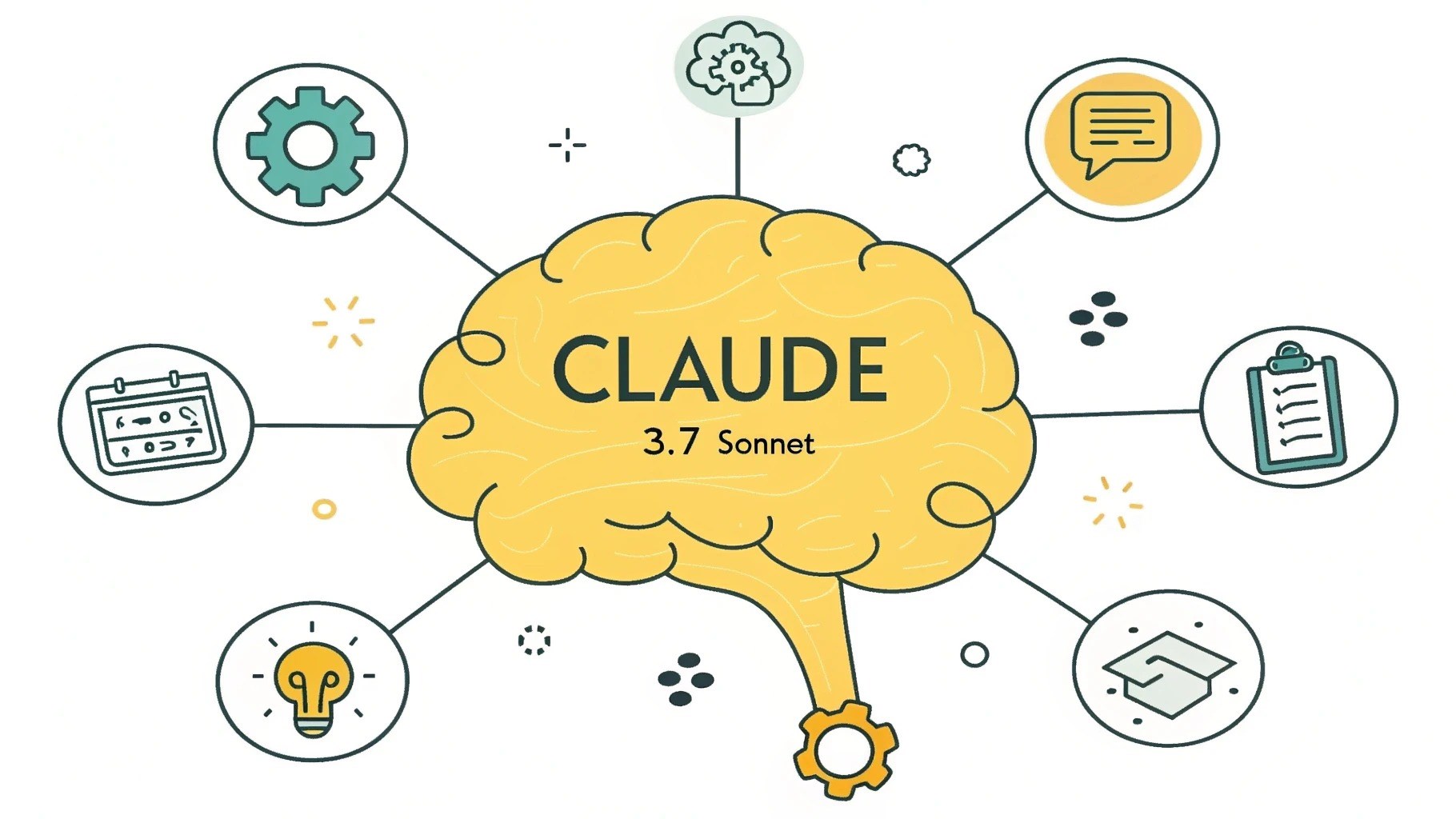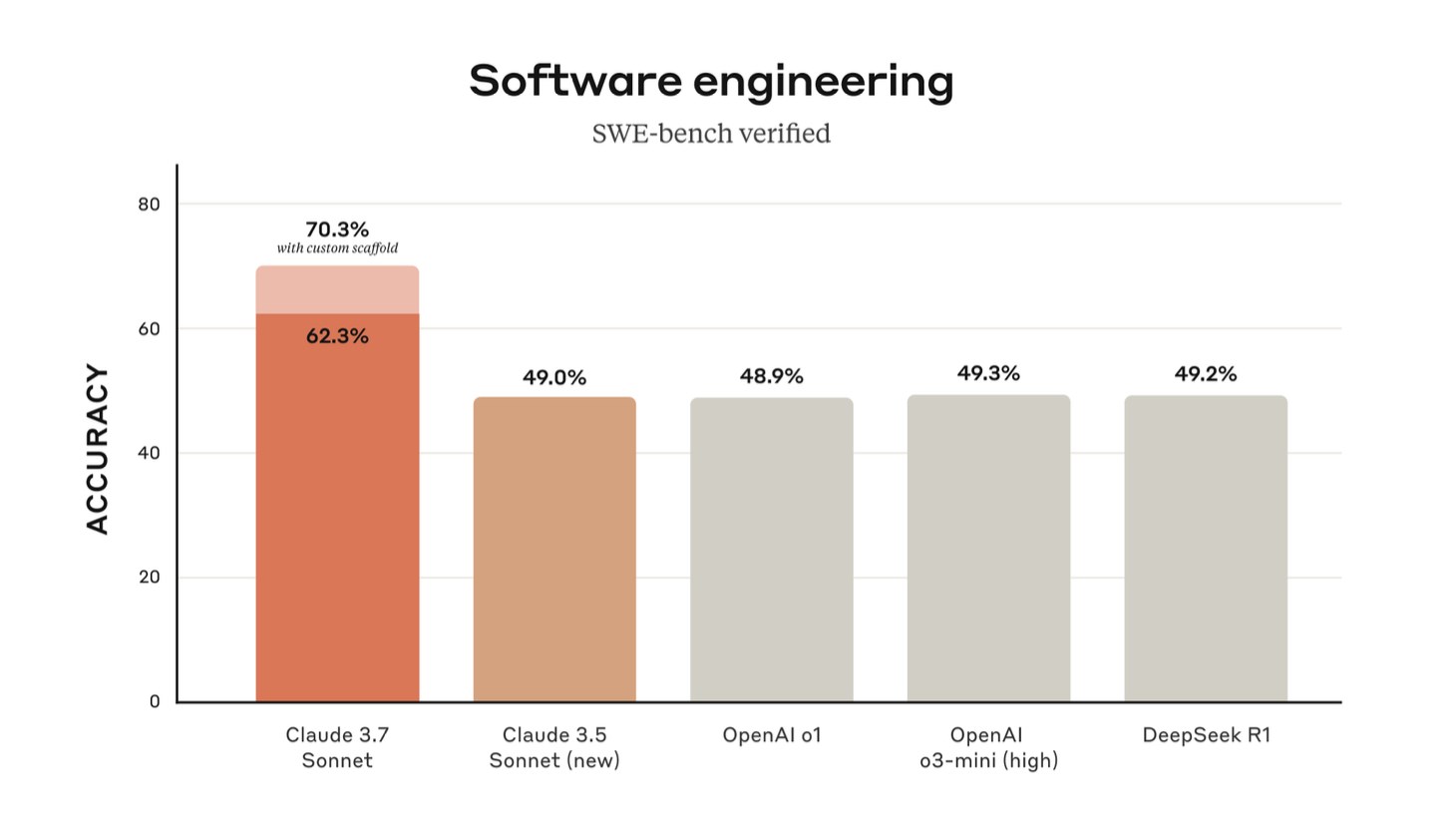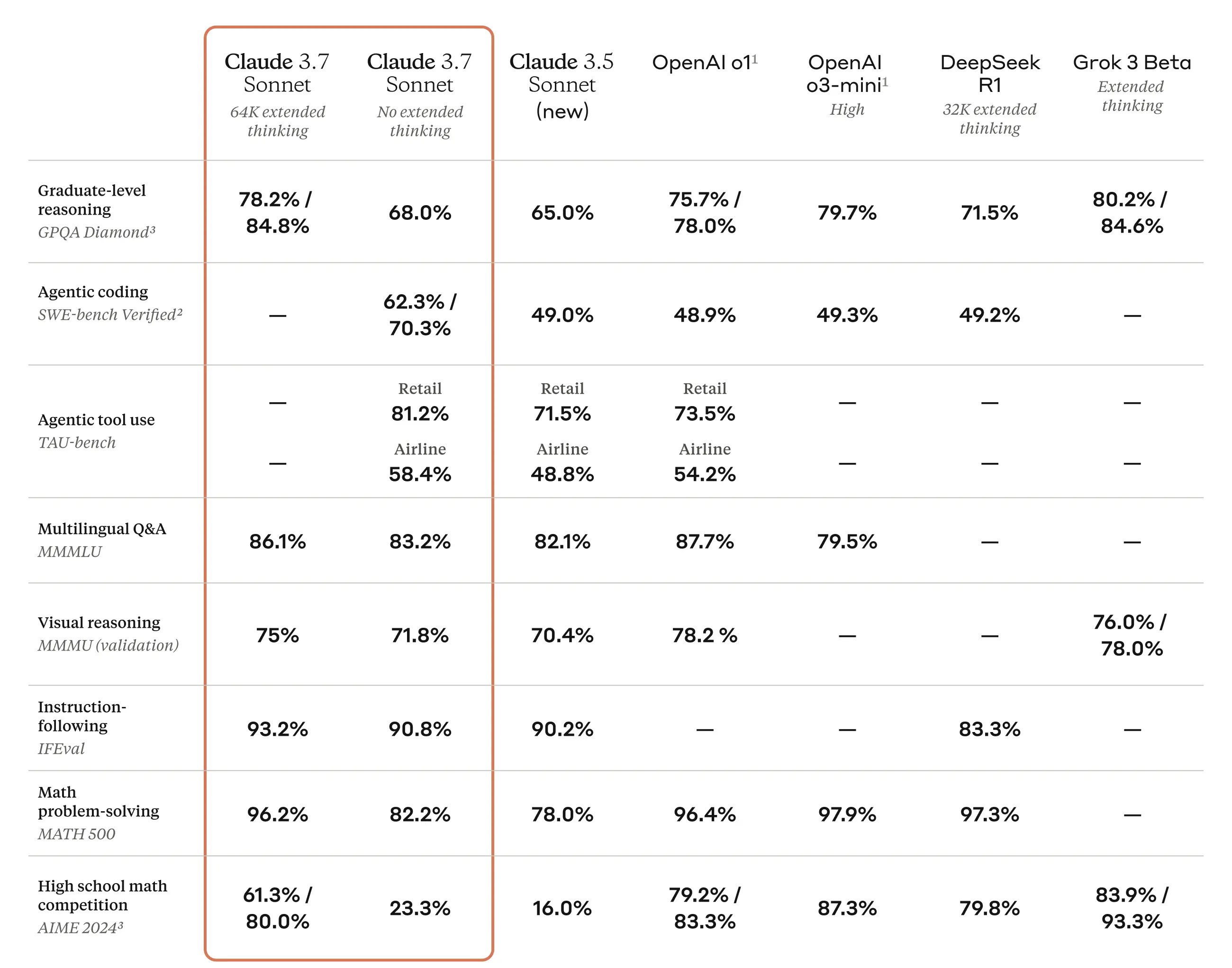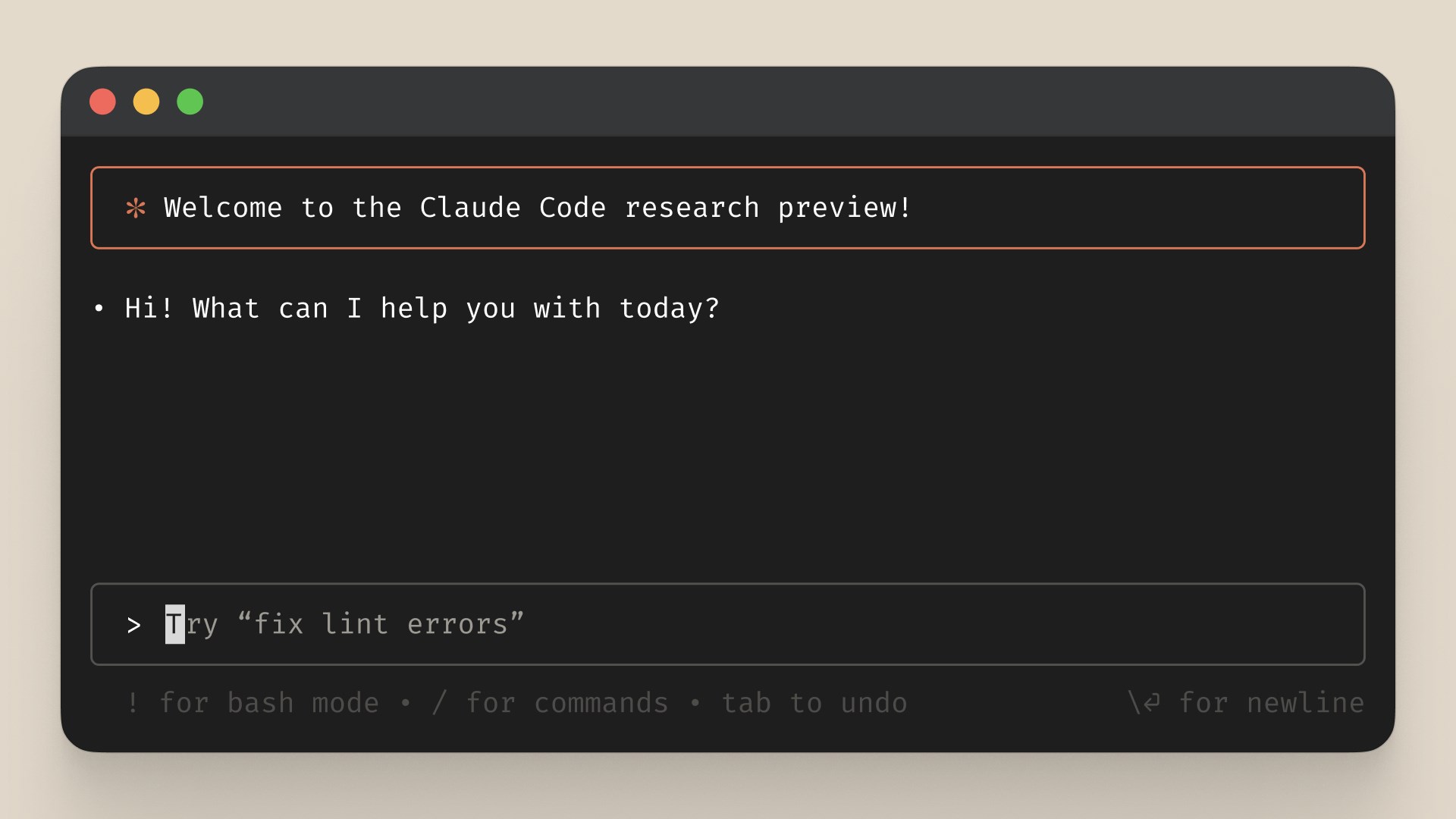 While the competition in the world of artificial intelligence continued without slowing down, Anthropic, one of OpenAI’s main rivals, announced its most advanced model: Claude 3.7 Sonnet. According to the company, Claude 3.7, which is the first “hybrid reasoning model of the sector, provides significant performance increases compared to previous versions, especially in complex areas such as mathematics and coding. Thanks to Hybrid reasoning, Claude’s new version can both respond to a question almost instantly and can take the time to solve it.
While the competition in the world of artificial intelligence continued without slowing down, Anthropic, one of OpenAI’s main rivals, announced its most advanced model: Claude 3.7 Sonnet. According to the company, Claude 3.7, which is the first “hybrid reasoning model of the sector, provides significant performance increases compared to previous versions, especially in complex areas such as mathematics and coding. Thanks to Hybrid reasoning, Claude’s new version can both respond to a question almost instantly and can take the time to solve it.New Claude does not think unnecessarily
One of the most remarkable features of the new model is the improved reasoning ability. Anthropic’s product research leader Dianne Penn says Claude 3.7 Sonnet has made significant progress in mathematics, finance and law. Claude’s “What time?” While responding quickly to simple questions such as, it is said that he can successfully fulfill more complex demands such as önemli a two -week trip plan in Italy, taking into account the weather conditions in late March.
In addition, Claude 3.7 Sonnet’s information cut date is October 2024, that is to compete with competing models like OpenAI and Google in terms of up -to -date. However, the model still does not have real -time web search support. This is an important and serious deficiency. An important innovation for developers is Claude’s ability to intervene in the thinking process. Anthropic says users can determine how long the model will answer a question. In other words, the model can be considered longer or shorter.
 Anthropic underlines that Claude 3.7 Sonnet develops with a different approach from other reasoning models in the market: “If people use a single brain to give quick answers and in depth, we are integrated instead of a completely separate model. We believe it should host as a feature. ” The company’s discourse directly to O1, O3 and GPT families of OpenAI. OpenAI offers reasoning on those series models for now. However, in the future, the features will be combined in a single model.
Anthropic underlines that Claude 3.7 Sonnet develops with a different approach from other reasoning models in the market: “If people use a single brain to give quick answers and in depth, we are integrated instead of a completely separate model. We believe it should host as a feature. ” The company’s discourse directly to O1, O3 and GPT families of OpenAI. OpenAI offers reasoning on those series models for now. However, in the future, the features will be combined in a single model. Anthropic also applied to a fun method to test the new model. Claude’s API was matched with the controls in an old Pokemon game and the progress of artificial intelligence in the game was observed. Claude 3.5 Sonnet, the previous model, failed to get out of Pallet Town at the beginning of the game, Claude 3.7 performed at the human level.
Anthropic also applied to a fun method to test the new model. Claude’s API was matched with the controls in an old Pokemon game and the progress of artificial intelligence in the game was observed. Claude 3.5 Sonnet, the previous model, failed to get out of Pallet Town at the beginning of the game, Claude 3.7 performed at the human level.This experiment shows the development of the model in planning, problem solving and long -term targets. In the long run, such AI systems may have a much wider usage area, such as managing complex business processes or directing autonomous robots beyond the game world.
On the other hand, after Elon Musk introduced the Grok-3 model, Anthropic’s new model move once again showed how intense the competition was in the artificial intelligence race. For now, Anthropic seems to be the leader again thanks to Claude 3.7 Sonnet’s performance gains. This version also shows that instead of offering independent reasoning models of the industry, a single model is moving towards a future in which it can do anything.
Claude 3.7 Sonnet can already be used in Claude application and for developers through Anthropic’s API, Amazon Bedrock and Google Cloud Verttix AI. The cost of the model is the same as the previous model, 3.5 Sonnet.
Claude Code

Anthropic has launched a limited preview of an artificial intelligence -supported coding tool called Claude Code, as well as its new model. Strengthening the existing AI -based coding tools, such as Cursor, the company positions Claude Code as an active business partner of a software developer. The vehicle can read, edit, test the codes, and even throw a commit to Github and perform operations on the command line.
This feature, which provides a great convenience especially for software engineers, can ensure that developers work more efficiently. Today, companies like OpenAI use artificial intelligence in coding processes, while Anthropic’s “agentic” approach offers a business partner who can only make independent decisions from a passive assistance.